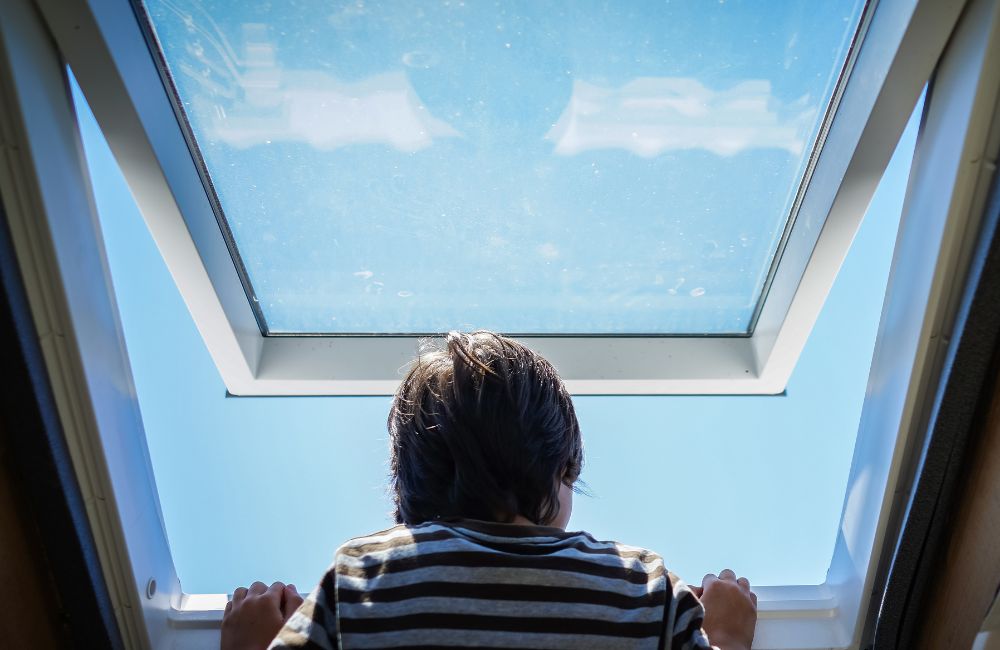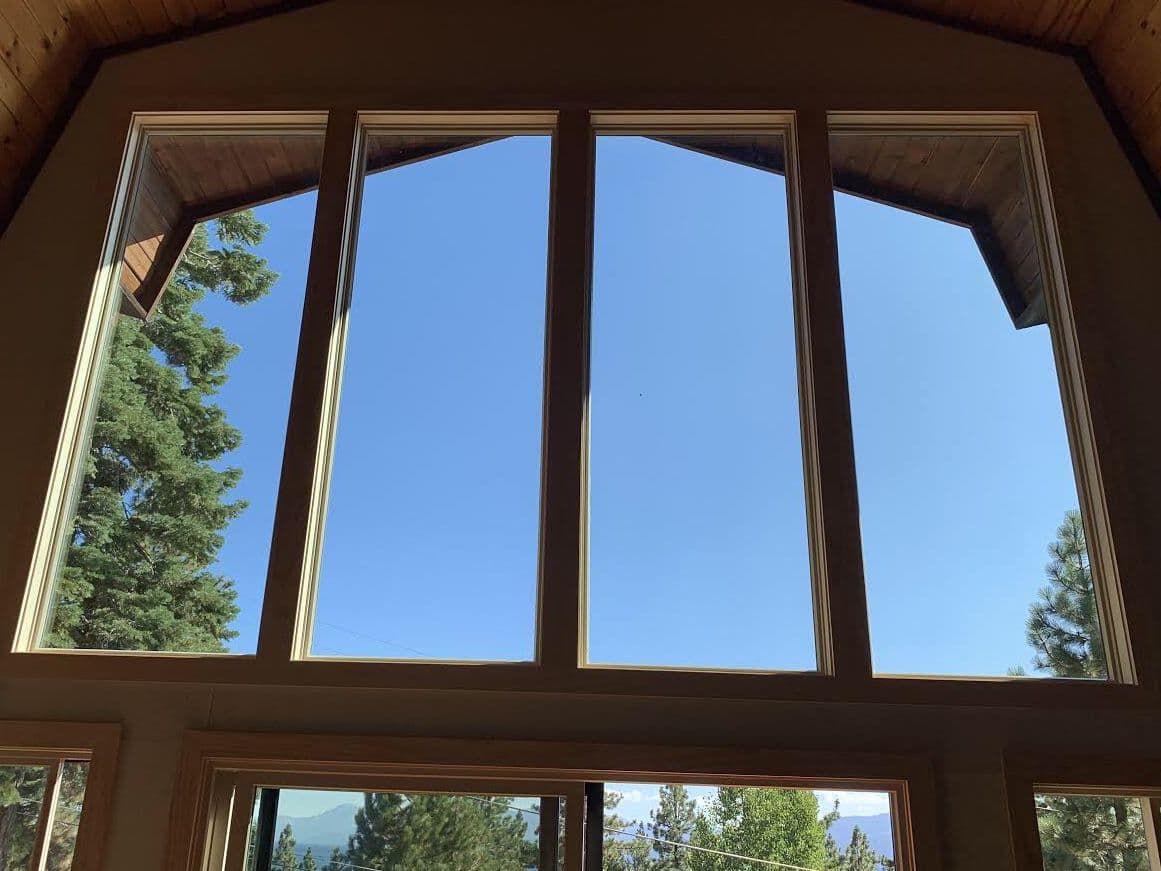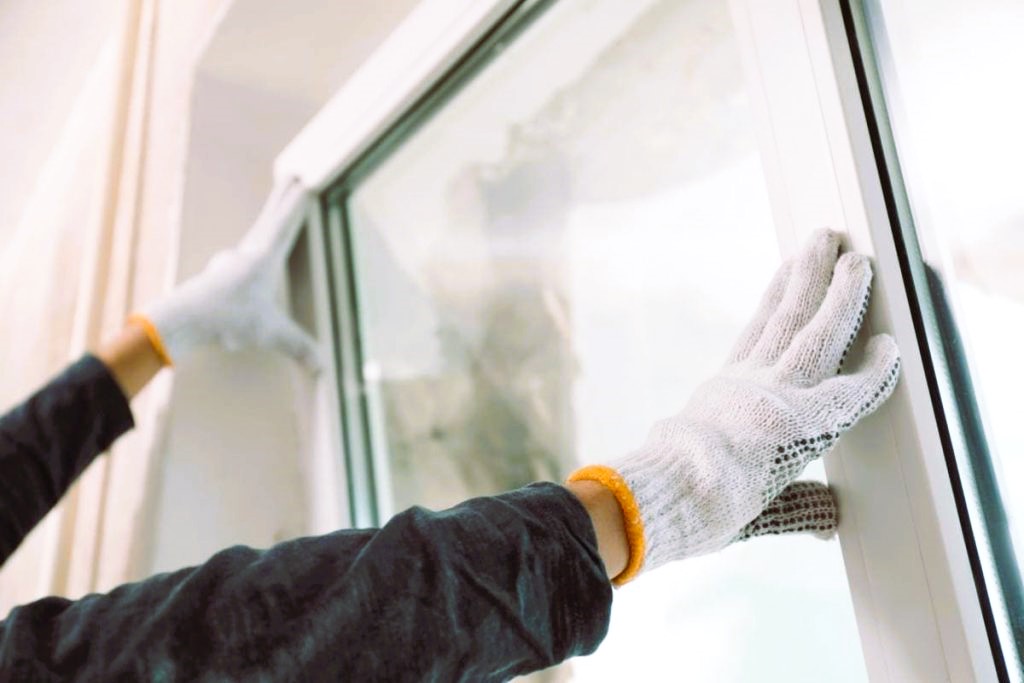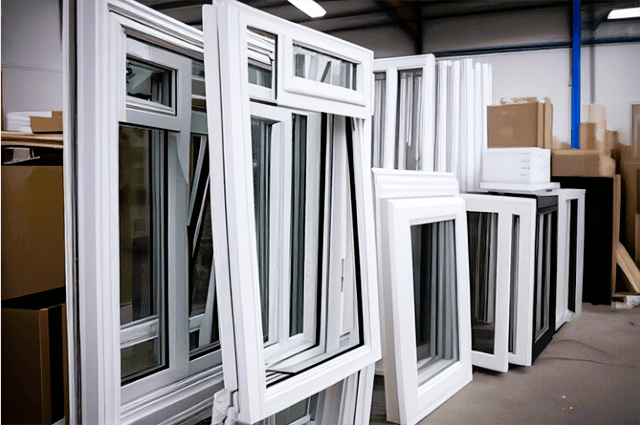Choosing energy-efficient windows is more than a comfort upgrade—it’s a smart investment that delivers quieter rooms, lower utility bills, and a smaller carbon footprint. Whether you’re swapping out drafty single-pane windows or specifying fresh units for a new build, this straightforward guide will help you understand the real-world benefits, compare popular window styles, weigh key performance specs, and navigate installation so you end up with lasting savings and all-around comfort.
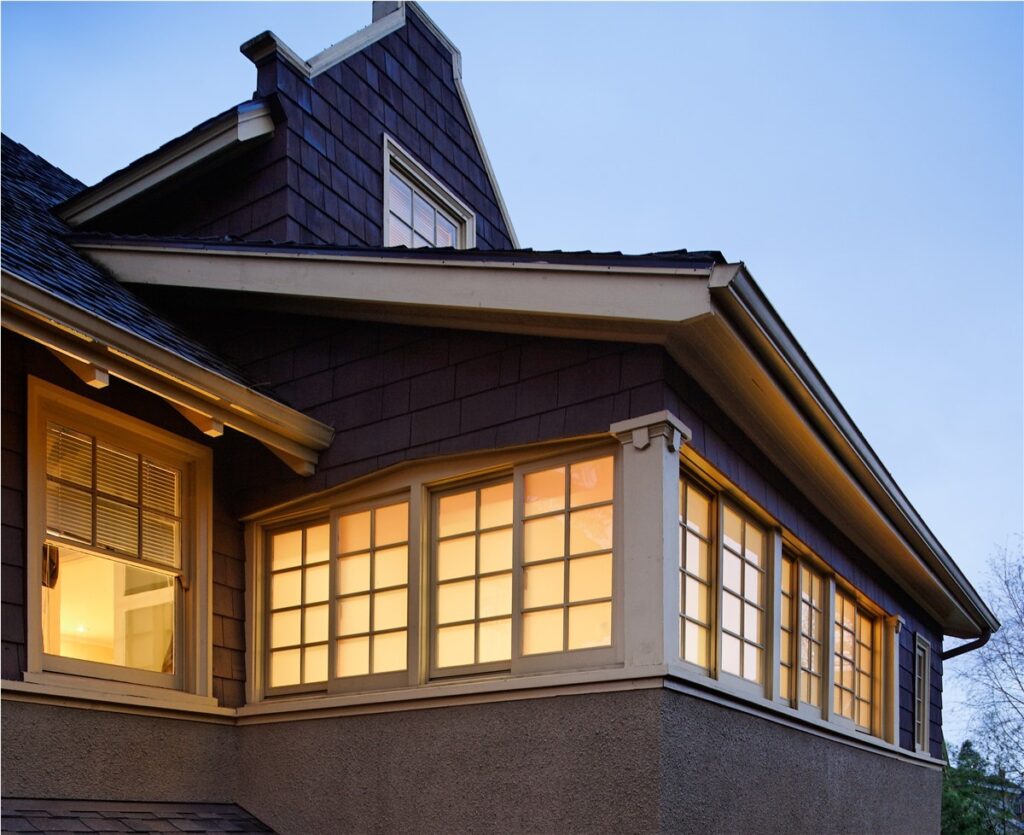
Why Energy Efficiency Pays Off
- Lower Utility Costs
Advanced glazing and airtight seals keep heat inside in winter and block unwanted solar gain in summer. Many homeowners see up to 30% reductions in heating and cooling expenses. - Year-Round Comfort
No more cold drafts or hot spots by the windows—just consistent indoor temperatures from wall to wall. - Peace and Quiet
Double- and triple-pane designs act like sound buffers, muting street noise so your living room stays tranquil. - Protect Your Furnishings
Low-E coatings filter out harmful UV rays, preserving carpets, upholstery, and artwork from sun damage. - Greener Footprint
Cutting your energy use not only shrinks your bills but also your home’s greenhouse gas emissions. - Higher Resale Value
Buyers recognize ENERGY STAR® windows as a sign of quality—and they’re willing to pay more for a home that’s already efficient.
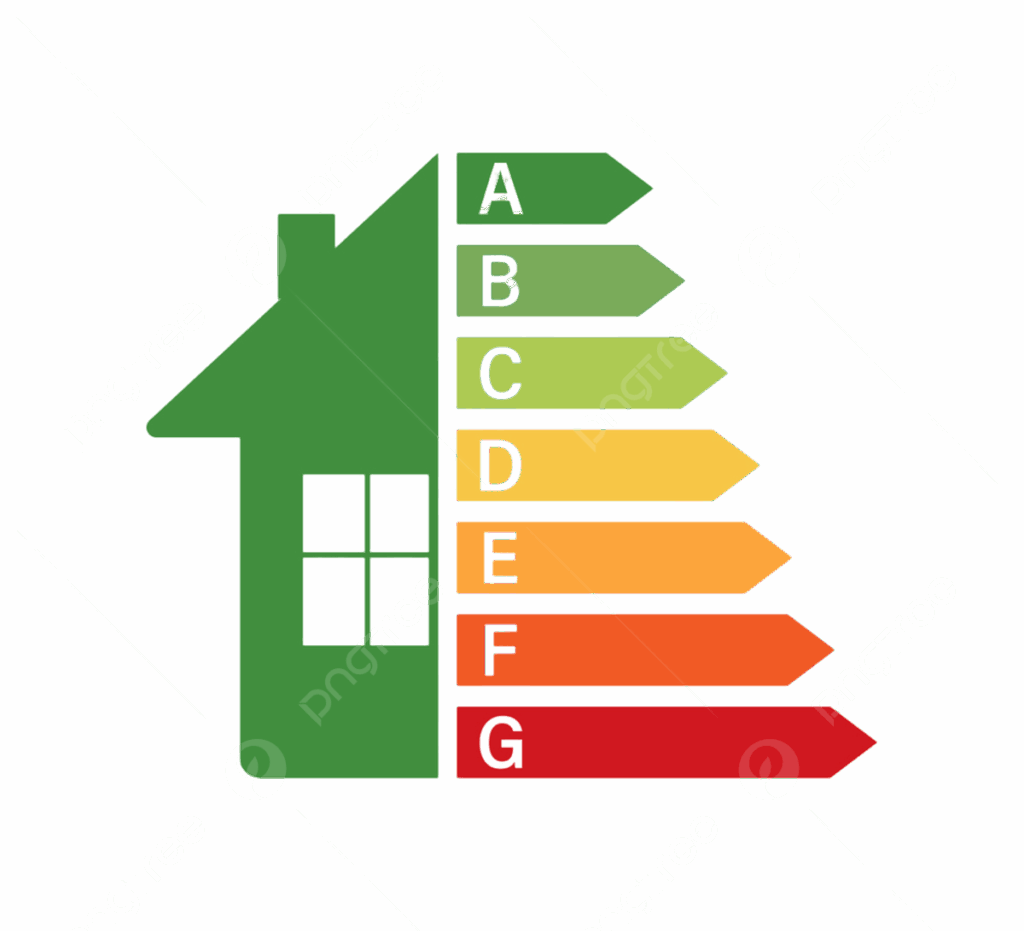
Window Styles That Deliver Efficiency
- Double-Pane Windows
Two sheets of glass separated by air or an insulating gas like argon—your go-to for balanced performance and cost. - Triple-Pane Windows
Three layers of glass with two insulating gaps. Perfect for harsh winters or ultra-quiet insulation. - Low-E Glass Options
A virtually invisible metallic coating that reflects heat inward in cold weather and outward when it’s hot. - Gas-Filled Units
Argon or krypton between the panes boosts insulation and reduces convective heat loss. - Fiberglass & Composite Frames
These materials expand and contract very little, so seals last longer compared to vinyl or bare aluminum.
How Top Performers Stack Up
| Feature | Double-Pane + Argon | Triple-Pane + Krypton | Double-Pane + Low-E |
|---|---|---|---|
| U-Factor (Lower = Better) | 0.28–0.32 | 0.18–0.22 | 0.30–0.35 |
| SHGC (Heat Gain) | 0.25–0.40 | 0.22–0.35 | 0.15–0.30 |
| R-Value (Higher = Better) | 3.1–3.6 | 4.5–5.6 | 2.9–3.3 |
| Cost per Window | $300–$500 | $500–$800 | $350–$600 |
| Condensation Resistance | High | Very High | High |
| Expected Lifespan | 20–30 years | 25–40 years | 20–30 years |
Picking and Installing Your New Windows
- Look for ENERGY STAR® Certification
That label means the window meets strict regional criteria for thermal performance. - Match U-Factor and SHGC to Your Climate
Cold areas need the lowest U-factors. Sunny regions benefit from lower SHGC to keep interiors cool. - Frame Material Counts
Fiberglass and composites resist seal failures. Vinyl is cost-effective, and wood offers natural insulation (with a bit more upkeep). - Hire a Pro for Best Results
Correct flashing, sealing, and insulation around the frame are essential to prevent drafts and leaks. - Think About Sun Orientation
South-facing windows can be a free source of heat in winter—opt for a higher SHGC there, and lower SHGC on east/west exposures to stave off afternoon heat.
Your Top Questions Answered
How much will I really save?
Upgrading from single-pane or drafty old windows to ENERGY STAR®-rated units usually cuts your heating and cooling bills by 10–30%, depending on where you live and how well your home is insulated.
Is triple-pane worth the extra money?
In very cold climates or noisy areas, the superior insulation and soundproofing can pay for themselves over time through energy savings and improved comfort.
How long do these windows last?
Quality energy-efficient windows generally serve for 20–30 years, and top-of-the-line triple-pane models can exceed 35 years with proper care.
Can I install them myself?
If you’re a seasoned DIYer, retrofit inserts are within reach. But for full-frame replacements—especially in load-bearing walls—professional installation is strongly recommended to protect your warranty and performance.
Will I still get condensation inside?
Low U-factor glass and warm-edge spacers keep the interior pane warmer, which greatly lowers the chance of moisture buildup.
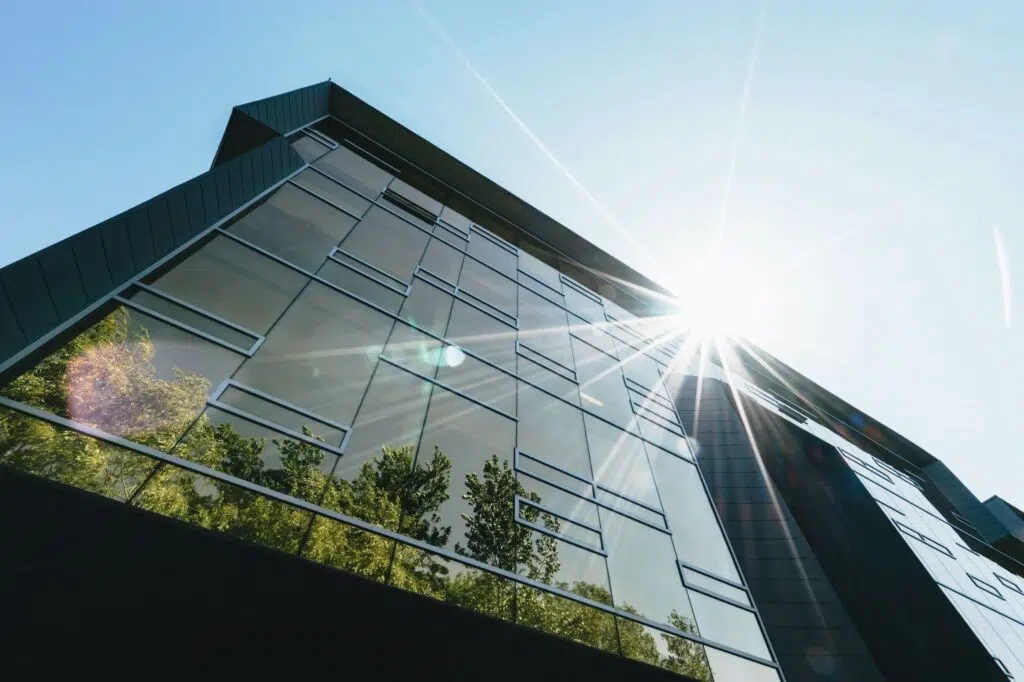
Investing in energy-efficient windows is an investment in your home’s comfort, value, and environmental footprint. Use this guide to compare features, choose what suits your climate, and plan for a seamless installation—you and your wallet will feel the benefits for decades.

